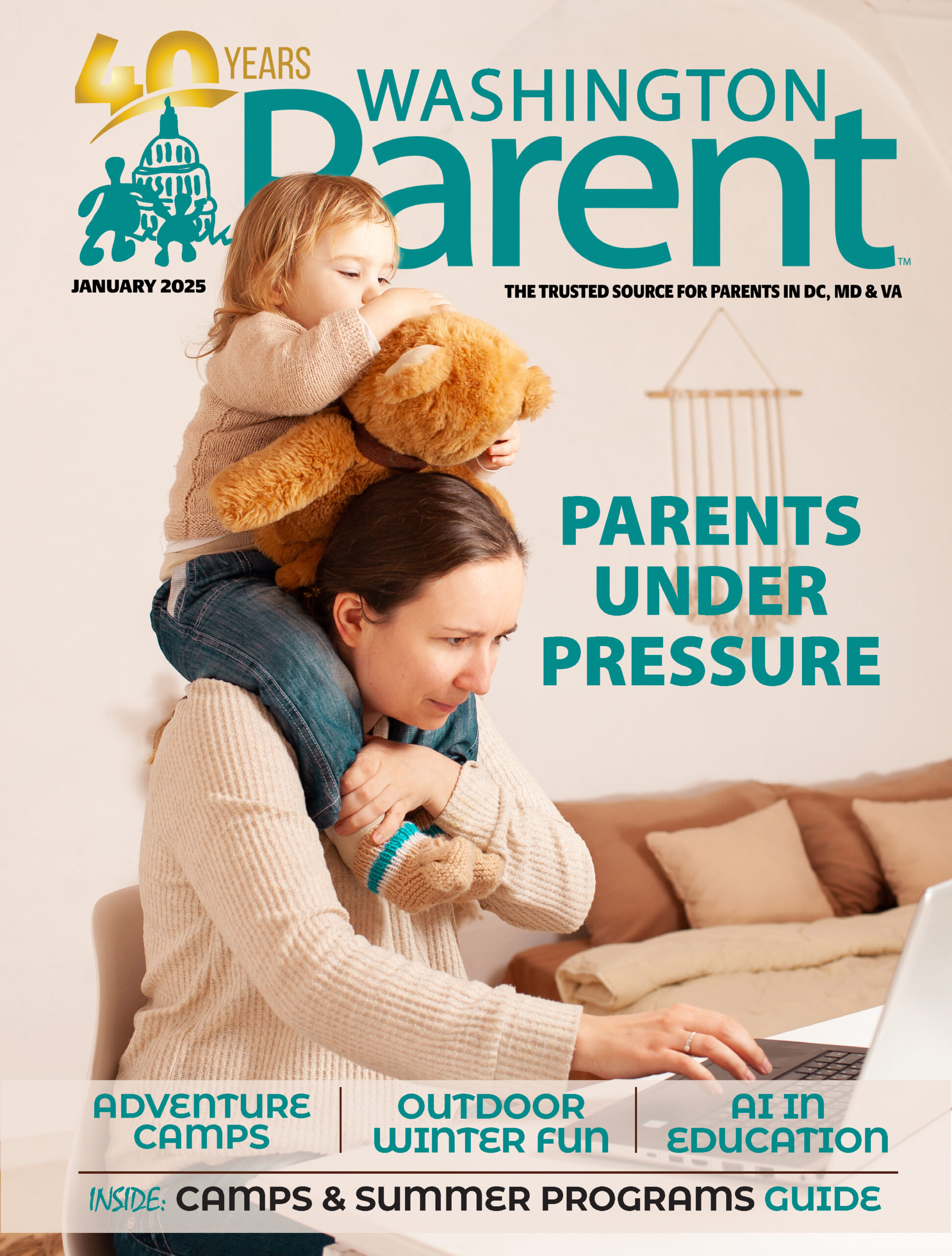You could be at the grocery store or the mall, a festive party or a solemn
religious occasion. No matter where it happens, most parents at some point
will endure the socially awkward experience of a child throwing a temper
tantrum in public. It’s hard enough when children become overwhelmed by big
feelings at home, but when tantrums occur in public, the additional social
pressure can cause embarrassment and anxiety. When we feel like the eyes of
the world are upon us and that our behavior is being judged along
with our child’s, it can be difficult to respond to the situation
in an effective way.
There are many ways of reducing the chance of a tantrum occurring in the
first place. Taking care not to push children past age-appropriate limits
for managing hunger, fatigue, boredom and frustration are just a few. But
what can parents do when a ferocious human lightning storm strikes without
warning in a public setting?
Stay focused and stay calm
The first and most important step is also the most difficult: remain calm.
Children intuitively pick up on their parents’ emotions and mirror them
back, so anger and frustration will only make the situation worse. Instead,
picture yourself as the stable, reassuring rock in the midst of a storm.
Stay close to your child, but not close enough to be hit or kicked. You
don’t have to say anything because your words are unlikely to register at
this moment. But if you do speak, use a calm, low voice and your soothing
tone may take the temperature down a notch.
Some children respond well to physical contact, such as a tight hug or a
hand rubbing their back. Others will find this infuriating. The silver
lining of at-home tantrums is that parents can get to know their children’s
preferences and respond accordingly in public.
The sense of being watched and judged makes it challenging to “keep calm
and carry on,” but bear in mind that you may never see this particular
audience again, whereas the relationship with your child will endure for
life. Try to imagine that you are wearing blinders that block out the
people around you and allow you to stay focused on doing what is best for
your child. Most of those watching are probably remembering a time when
they were in your shoes and feeling relieved that they are not in the
hotseat this time!
Change the scene
Within the limitations of your situation, create a safe space for your
child. Move away from potentially dangerous objects or locations if there
is a chance that your flailing child may become injured or inflict injury
on others. If you are at a party, find a quiet corner or go outdoors. If
you are on a crowded elevator or bus, hold tight and get off at the first
opportunity. Your kicking and screaming child will not enjoy being
physically scooped up and moved, but achieving a degree of privacy and
safety will be worth the temporary setback.
One of the advantages of changing the scene is that it often changes the
mood. A child who feels overwhelmed while contained within an interior
space may feel a bit better just by moving into a different room or going
outside. Changing spaces may also provide unexpected distractions that can
break the cycle. The sudden sight of squirrels chasing each other or the
startling siren of a passing firetruck may provide just the right element
of surprise. Recently, a mother in Washington, D.C. took her tantruming
child off a crowded rush-hour commuter train and found an ally in a
uniformed transit police officer who immediately captured her son’s
attention and cut short the tantrum.
Stay the course
Be prepared to let tantrums run their course. No one enjoys them – least of
all children, who often feel scared by the sudden explosion of strange and
overwhelming feelings. Tantrums are a normal and age-appropriate step along
the path to emotional maturity for preschool-age children and they serve a
purpose in allowing for the release of pent-up feelings. Any adult who has
experienced the benefits of a good cry can relate to the relief children
often feel after a tantrum.
An important side-benefit of allowing tantrums to run their course is they
are less likely to become manipulative. When parents try to short-circuit
the natural flow of a tantrum by offering bribes or caving to their
children’s demands, kids begin to associate throwing a fit with getting
what they want.
Once a tantrum is over, carry on with what you were doing without a lot of
discussion. Offer a tissue, give a hug and avoid shaming or blaming the
child for venting emotions beyond his or her control. One effective way to
reset the mood is to involve children in the next steps of your day. If the
tantrum occurred at the grocery store and you had to take a break outside,
ask if they would be willing to help you find the juiciest apples in the
store for lunch. Or if you had to retreat to a quieter corner during a
noisy party, ask if they can help you find your hostess in the blue
polka-dotted dress. If they threw a fit when told it was time to leave the
playground, use humor and playfulness to accomplish your goal. “Should we
hop like bunnies all the way to the car, or stomp like angry dinosaurs?”
“Do you think we can walk backwards all the way to that tree?”
Tantrums as teachable moments
In the midst of a tantrum – especially one thrown in public – a parent’s
options are quite limited. After a tantrum has occurred, parents have many
options for coaching children in how to cope with strong emotions. One of
the most effective is by talking about the strong emotions experienced by
characters in books. Children are often far more insightful and willing to
discuss others’ feelings than their own. Ask a librarian for
recommendations of children’s books that deal with emotions or that teach
emotional literacy by putting a narrative and a name to feelings such as
frustration, boredom or disappointment. Knowing that someone else gets
overwhelmed by those feelings – even if it is a fictitious bear or mouse in
a storybook – can help children feel understood while also helping them
understand themselves.


